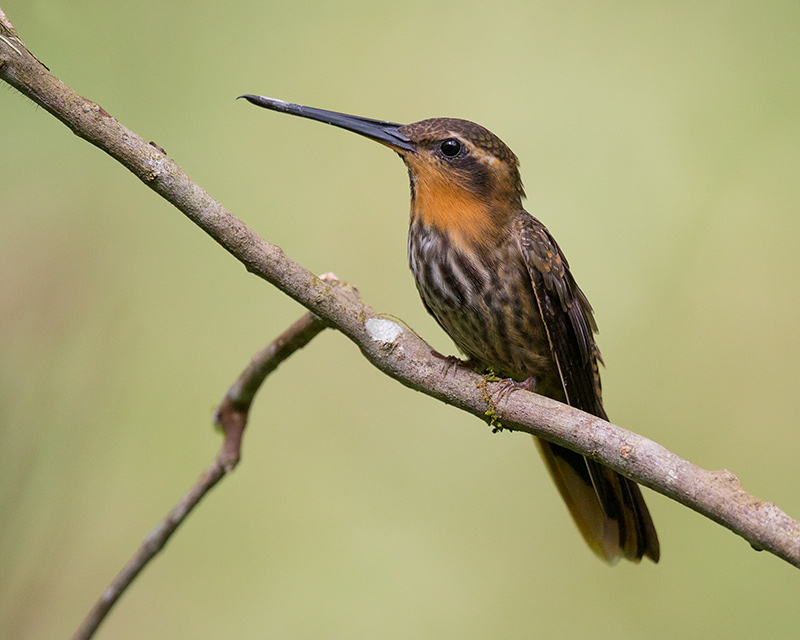
Ramphodon naevius
SUBFAMILY
Phaethornithinae
TAXONOMY
Trochilus naevius Dumont, 1818, Mount Corcovado, Rio de
Janeiro, Brazil. Monotypic.
OTHER COMMON NAMES
French: Colibri tachetй; German: Sдgeschnabel-Schattenkolibri;
Spanish: Ermitaсo Picosierra.
PHYSICAL CHARACTERISTICS
5.5–6.3 in (14–16 cm); female and male 0.19–0.3 oz (5.3–8.5
g). A large hummingbird and the only hermit with saw-like
serration of the mandibles, and in the adult male, a hooked tip
to the upper mandible. Bill straight. Male larger than female.
Both sexes alike. Underneath rufous-ochraceous throat with
dark gular stripe. Above copperish green. Immatures similar to
adults, but upperparts with pale fringes.
DISTRIBUTION
Southeast Brazil (southern Minas Gerais and Espнrito Santo to
Santa Catarina, records from Rio Grande do Sul).
HABITAT
Understory of tropical rainforest up to 1,640 ft (500 m).
BEHAVIOR
Traplining plant visitor. Aggressively defends feeding routes
over conspecifics and other hummingbirds. Males establish leks
to attract females. Loud metallic flight call.
FEEDING ECOLOGY AND DIET
Collects nectar from long tubular-shaped flowers at forest understorey.
Small arthropods are gleaned from vegetation.
REPRODUCTIVE BIOLOGY
Breeds from July to September. Cone shaped nest is loosely
constructed and attached underneath a tip of a pendent leaf.
Two elliptical eggs; incubation 16–17 days by female.
CONSERVATION STATUS
Restricted range species, considered Near Threatened. Locally
common, but habitat destruction may be a threat in the future.
SIGNIFICANCE TO HUMANS
None known.
Other popular Animals
Photo Gallery of - Saw-billed hermit
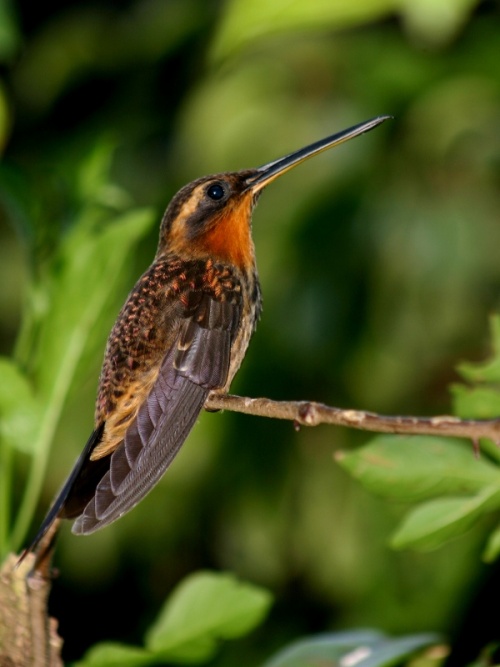
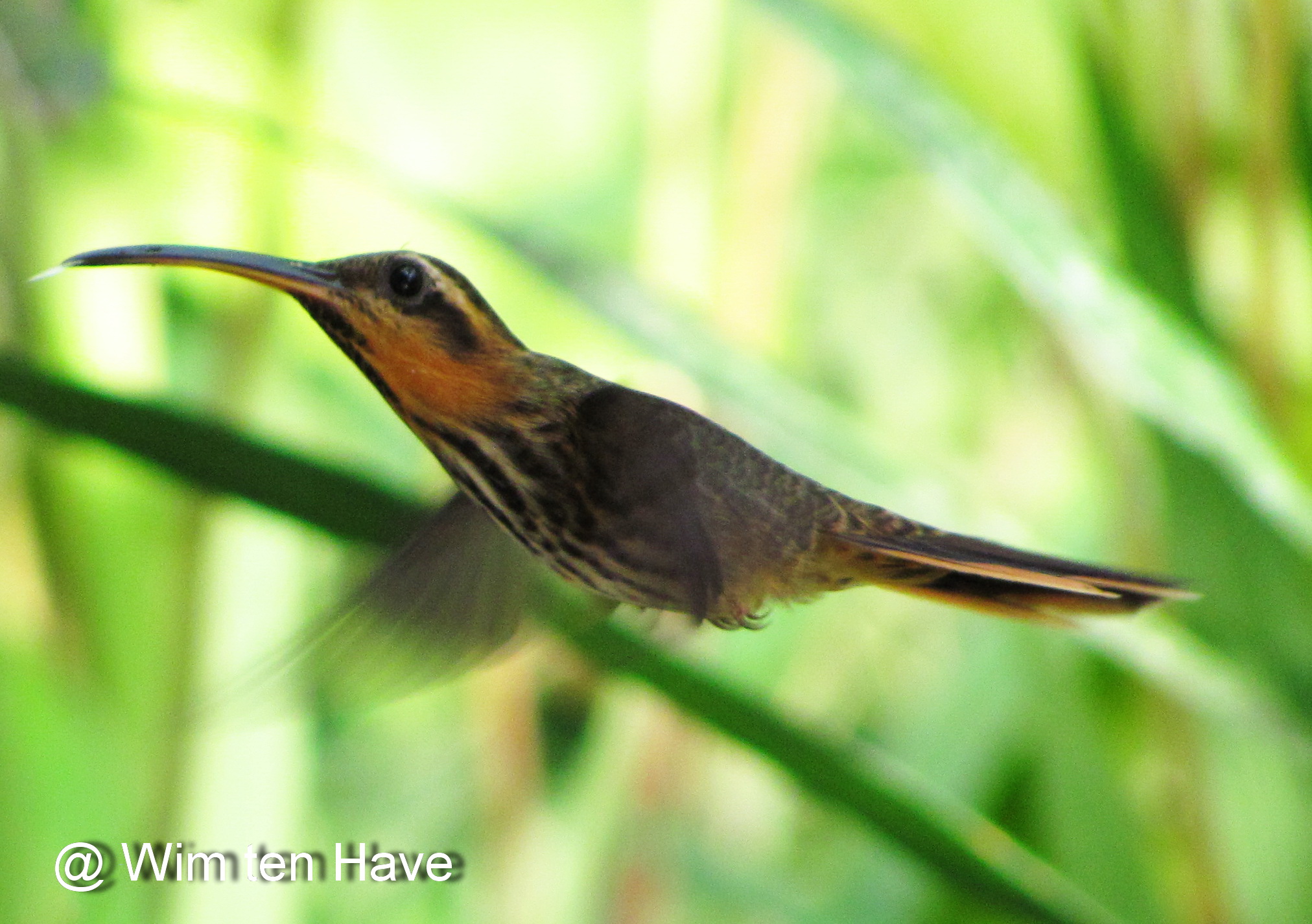
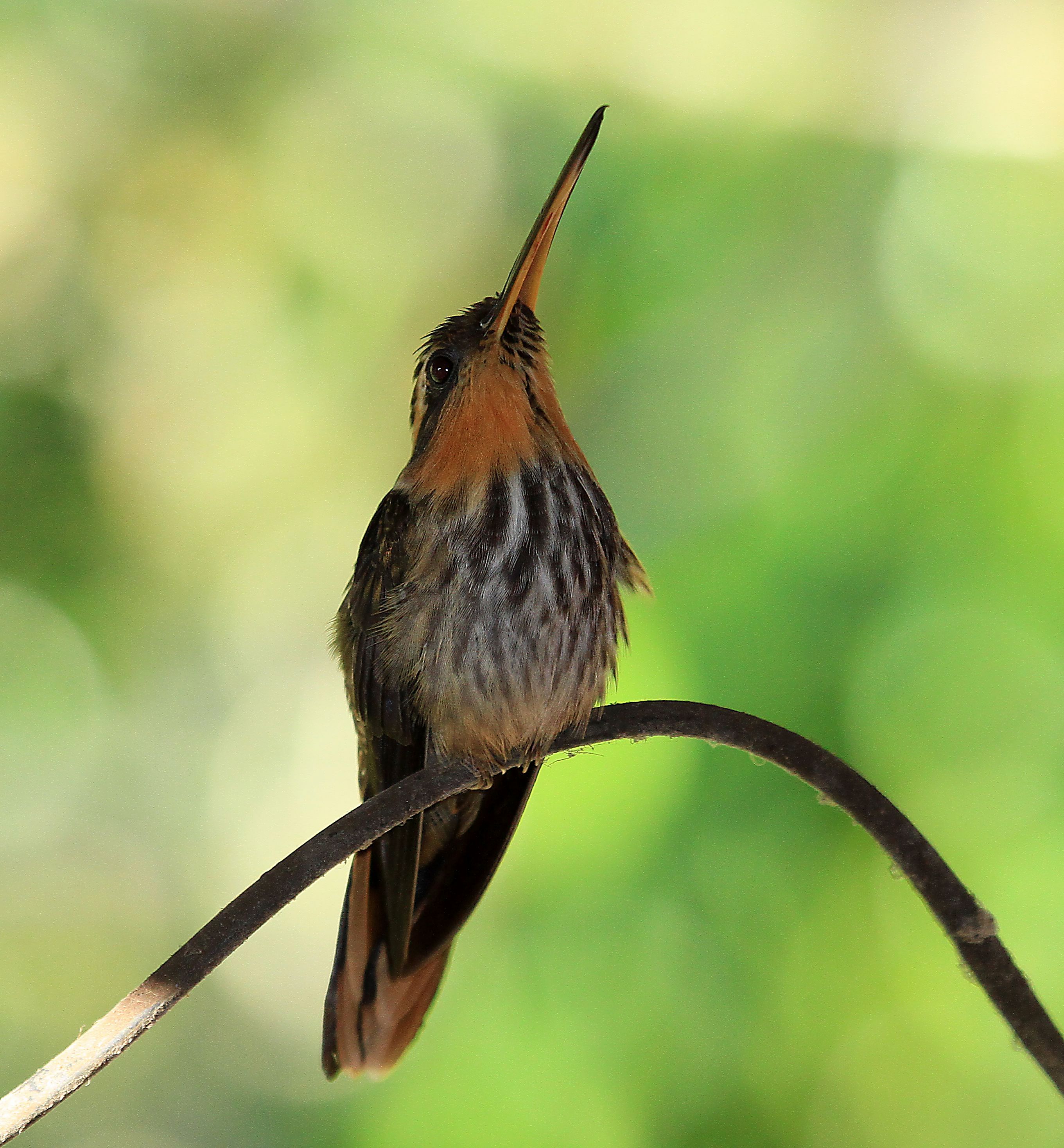
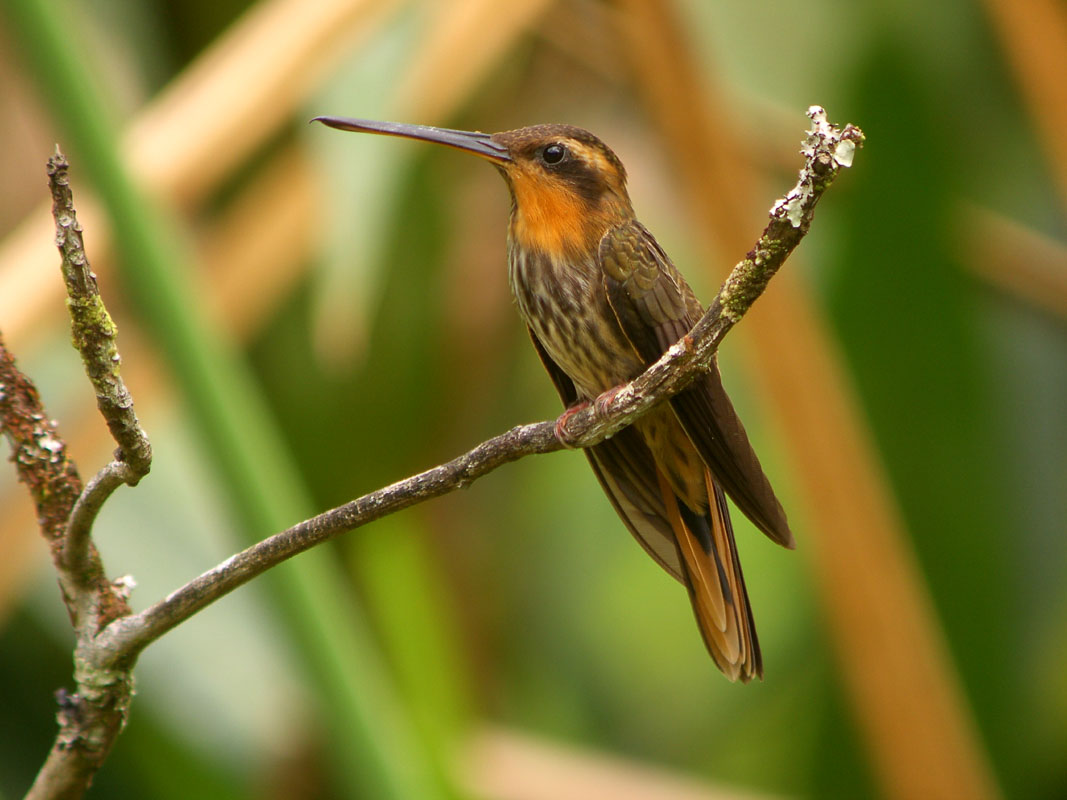
 Animalia Life
Animalia Life